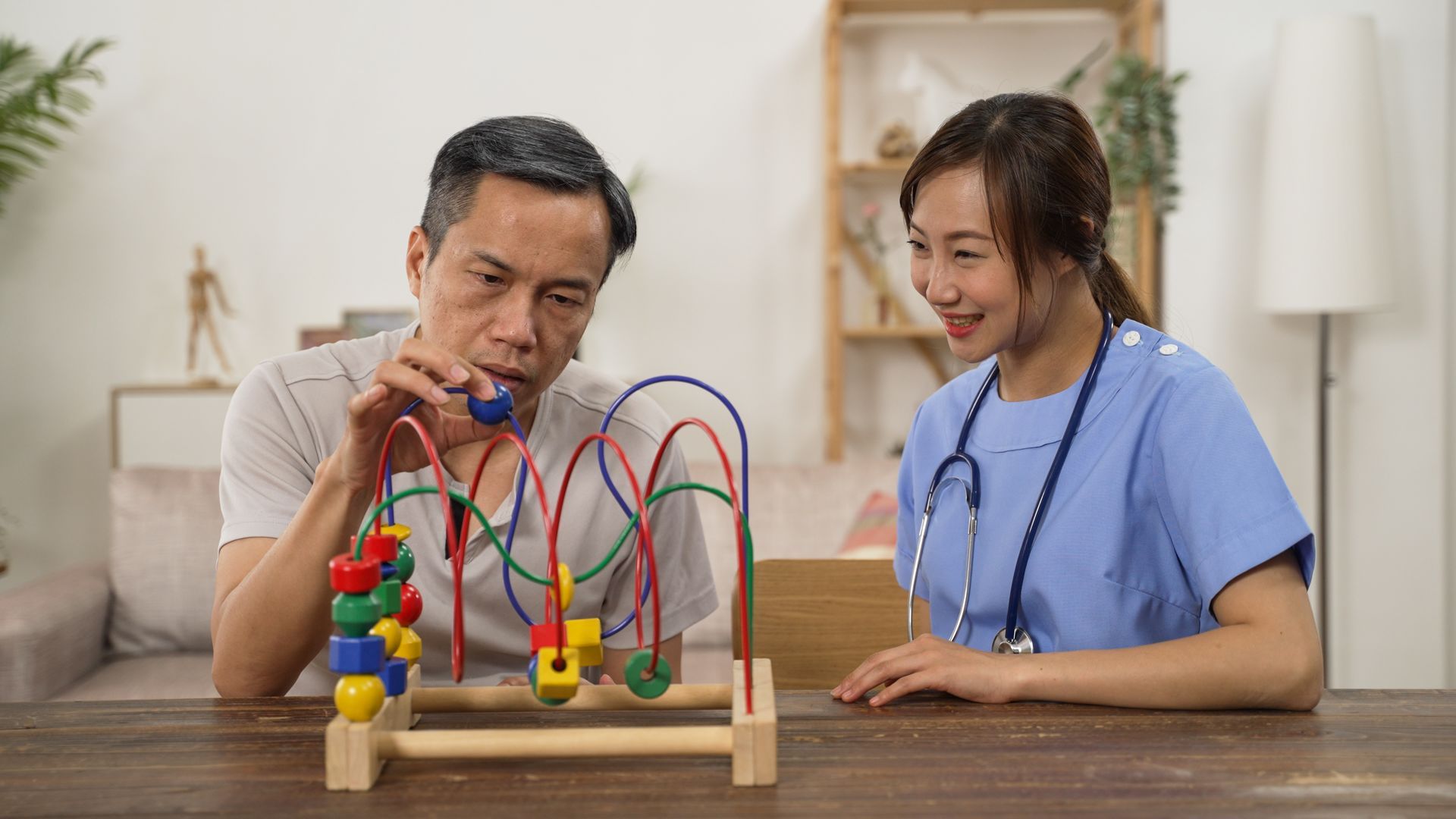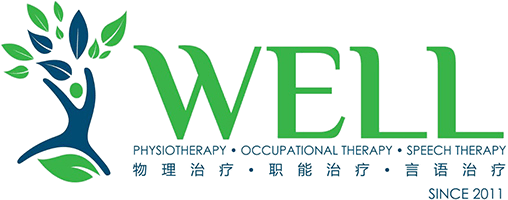Top 5 Exercise for Autistic Kids: Improve Neurodevelopmental Disorders

Does any child around you struggle with poor motor coordination or postural imbalance? Has he/she been diagnosed with Autism? If so, physiotherapy can help that person in enhancing motor functions by using proper exercise programs. An exercise program can be implemented to improve an autistic child’s motor skills, posture, and confidence. By having access to such physiotherapy exercises, the child can easily improve their posture, hand-eye coordination, and strength. In this blog, we have listed a few exercises that children with neuropsychiatric illnesses can follow to improve their motor skills, sense of self-efficacy, and physical fitness.
Here are the Top 5 exercises that are proven to be beneficial
Mirror Exercises
Difficulty engaging with others, or the environment is a common feature of autism. Mirror exercises encourage the child to imitate what another person does, which helps to increase their coordination, self-awareness, and social skills.
- Child stands with hands by the side. Face towards the partner.
- The partner tries to make small movements for the child and pursue them to repeat the same.
- Start with small movements like moving your hands in circles and then progressing to more complex patterns.
- When ready, ask the child to mimic the partner’s movement as if they are looking at themselves in the mirror.
- Continue this exercise for 1-2 minutes. Try incorporating other body parts such as the head, trunk, and legs. Repeat 3-5 times
Arm Circles
A study that was published in Research in Autism Spectrum Disorders found that movements similar to those exhibited by autistic people may aid in giving the body the feedback it requires. This may reduce repetitive behaviors such as arm flapping or clapping This may reduce repetitive behaviors such as arm flapping or clapping. Arm circles are a great upper-body exercise that helps increase flexibility and strength in the shoulders and back and can be done anywhere without any equipment.
- Child stands with feet shoulder-width apart, arms by the side.
- Extend arms straight out to the side at shoulder height.
- Start making small circles with the hands, keeping the arms straight.
- Gradually make the circles bigger and bigger, creating the movement from the shoulders.
- Repeat 20 times, then repeat in other direction.
Bear Crawls
Bear crawls promote the growth of body awareness, enhance motor planning and coordination, and strengthen the upper and trunk of the body.
- Child starts by kneeling on all fours, with hands under shoulders and knees under hips.
- Extend legs until slightly bent. Spread fingers wide to have optimal contact with the floor.
- Walk using feet and hands across the floor for approximately 10-20 feet.
- Maintain this position and walk backward in the same position.
- When the person becomes comfortable, progression can be done in distance, speed, and direction.
Star Jumps
Jumping exercises are excellent full-body workouts that help strengthen the legs and core, develop body awareness, and improve cardiovascular endurance. Star jumps are simple exercises that can be done anywhere and can be done one at a time or in multiple repetitions
- Child begins in a squatting position with knees bent, feet flat on the floor, and arms tucked in toward the chest.
- Quickly jump up from squatting, extending arms and legs wide into an X.
- On landing, return to starting position with arms and legs tucked in. Repeat for up to 20 repetitions or until fatigued.
Medicine Ball Slams
Throwing weighted objects like medicine balls, can help strengthen the core, balance, and coordination. It may also have therapeutic benefits and can stimulate the brain centers in charge of short-term memory.
- Child begins in a standing position, holding a medicine ball in both hands.
- Raise the ball up overhead with straight arms.
- Slam the ball down to the ground with as much force as possible.
- Bend at the knees to pick up the ball and repeat the movement 20 times.
Physiotherapy can be a key intervention in the treatment of motor difficulties for patients with Autism. Well Rehab Physiotherapy provides a wide range of physiotherapy services to our patients. If your child has any problems with motor functions due to autism, you can consult our expert Physiotherapists at any of our branches at Well Rehab Physiotherapy.
As Malaysia's leading provider of physiotherapy services, we are the preferred, qualified, and certified professionals that are trusted nationwide.
For more information about our therapies or services in Malaysia, you may contact us at +60 12 512 8487 or email
wellrehabmanagement@gmail.com

Well Rehabilitation Centre in Malaysia | Healthcare Professionals
Nursing Homes Kuala Lumpur | Stroke Recovery Treatment | Training For Healthcare Professionals | ADHD Treatment Malaysia | Special Need Education
Well Physio Sdn Bhd (1103148-D). All Rights Reserved.


